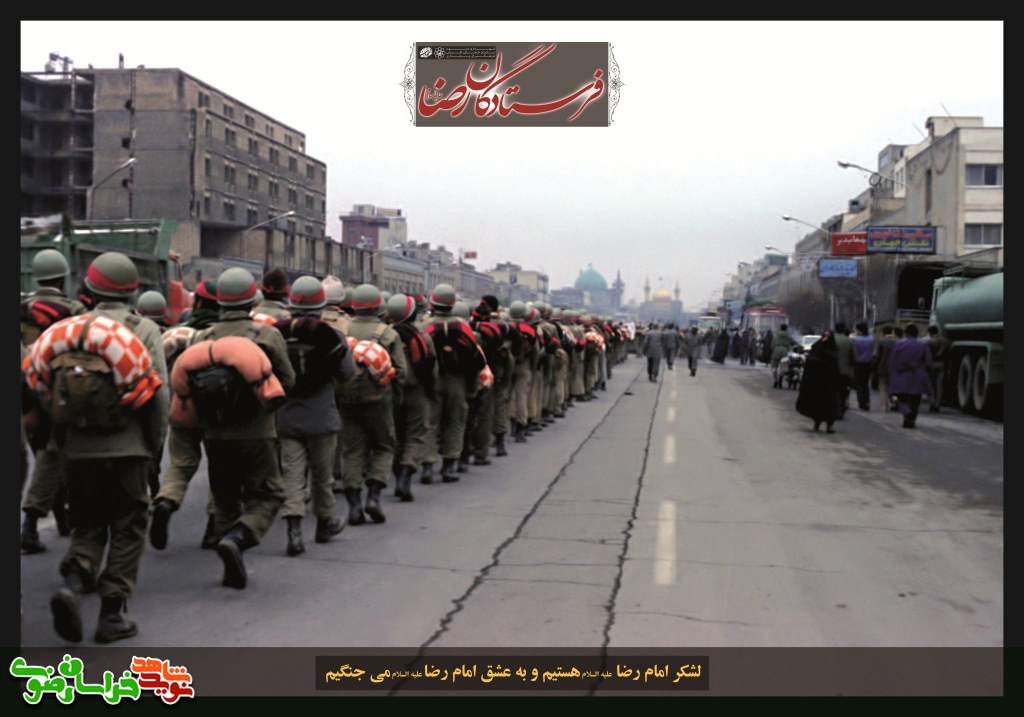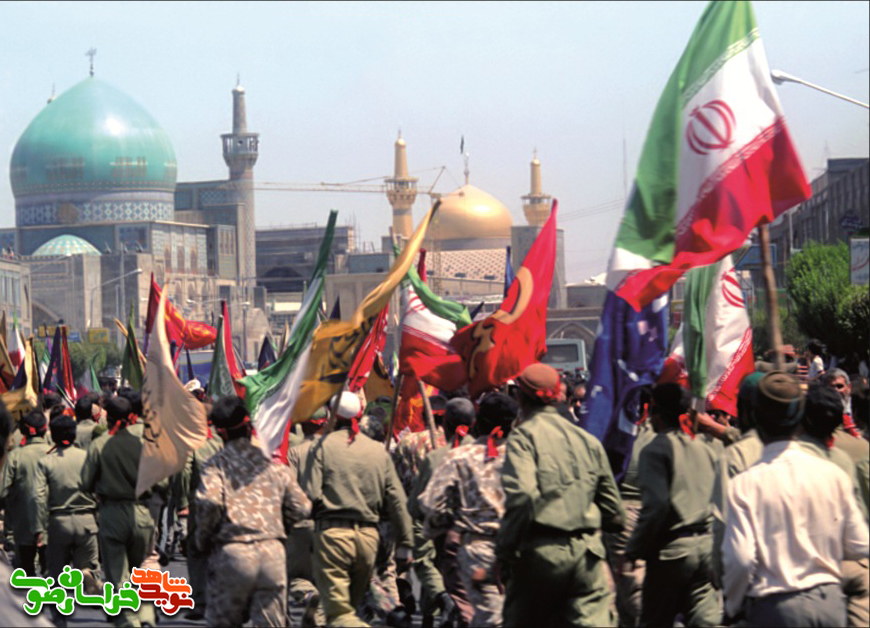The Secret of the 18,001st Person

The people of Iran have heroes, and they themselves are the heroes of their era. Heroes who follow in the footsteps of those who came before. A nation with such a rich historical identity and such heroes and role models will not only never lose its way, but these very figures will illuminate its path to the summit. Yes, the 18,001st person is you.
Mohammad Hosseinzadeh – Spokesperson for the National Congress of 18,000 Martyrs of Khorasan Razavi:
On the morning of the 23rd of Khordad, when the Zionist regime launched its military aggression against our beloved Iran, their military and security assessment was that the outbreak of war would plunge the Iranian people into confusion, an identity void, social fragmentation, and discord. They believed that instead of defending their country, Iranians would clash with one another in the streets, thus causing Iran to collapse socially from within.
But in practice, this did not happen. Not only did it not happen, but the result was completely the opposite. A sacred unity was formed among Iranians that neutralized the enemy’s plan.
But why did this happen? Why did Iranians become so cohesive in the face of a foreign enemy and achieve such a sacred unity?
One reason for this is the profound identity foundation of Iranians. When a young Iranian faces a critical threat like war, although war is a great shock to any person, thanks to a deep historical and identity-based support system, they quickly recover from the shock and find their path.
The youth and adolescents of Iran do not become confused when confronting the imposed war by the Zionist regime because, within their identity heritage, they have seen and heard the ways to confront similar situations from the past.
The first identity foundation is Ashura. The Iranian Muslim, relying on the uprising of Ashura, does not surrender to oppression. The cry of “Hayhat minna al-thillah” (Never shall we be humiliated!) is their guiding light, and on this path, martyrdom is their honor and dignity.
The second foundation is Iran’s legendary heroes, whom we know by names like Rostam, Kaveh, and Arash. The subtle point is that these legendary Iranian heroes, who championed and fought for Iran’s honor and gave their lives, are preserved through the thought and wisdom of a great poet and sage, Abolqasem Ferdowsi. By composing the Shahnameh (Book of Kings), Ferdowsi both nurtured epic literature in Iran and paved the way for others to compose epics. More importantly, he intertwined the defense of the homeland with monotheism and love for the Ahl al-Bayt (the Household of the Prophet Muhammad, peace be upon him). This is why in the artistic history of our country, there are many affinities between naqqali (epic storytelling), Shahnameh-recitation, and Ta’zieh (passion plays).
The third foundation is the contemporary heroes of Iran, namely the martyrs of the Sacred Defense and the defenders of the shrines of the Ahl al-Bayt (peace be upon them), etc. Through oral history books, memoirs, films, series, and documentaries, their names, memories, and way of life have become immortalized among the people.

When facing the enemy’s military aggression, the heart of the young Iranian is illuminated by the light of Ashura. Their legendary hero is Rostam, and their contemporary heroes—who lived and breathed in the same world and atmosphere as them—are the thousands upon thousands of martyrs of Islamic Iran. Therefore, they do not fall into bewilderment and confusion; they see the path of Kaveh, Borounsi, and Shoushtari laid out before them.
This is where the importance of the Leader of the Revolution’s annotations on books about martyrs becomes clear, as well as his emphatic recommendations to promote books and films about the lives of martyrs. Because the memory of a martyr is character-building, and in the darkness of negligence and bewilderment, it is a guiding light and a beacon.
This is why the exhibition of the Congress of 18,000 Martyrs of Khorasan Razavi was named “18,001.” An exhibition that, on average, was attended by 10,000 people per night with a 92% satisfaction rate and was met with an unparalleled welcome by the people of Mashhad.
The answer to the riddle of “18,001” is hidden in these very lines. That “one” person is each and every one of the people of the land of Khorasan, who are the inheritors of the blood of their own heroes. The inheritors of the honor, nobility, zeal, and courage of their martyrs.
The people of Iran have heroes, and they themselves are the heroes of their own era. A hero who follows in the footsteps of another. A nation with such a rich identity and such heroes and role models will not only never lose its way, but these very figures will be its guiding light to reach the summit. Yes, the 18,001st person is you.
Source: Khorasan Newspaper. No. 21879

